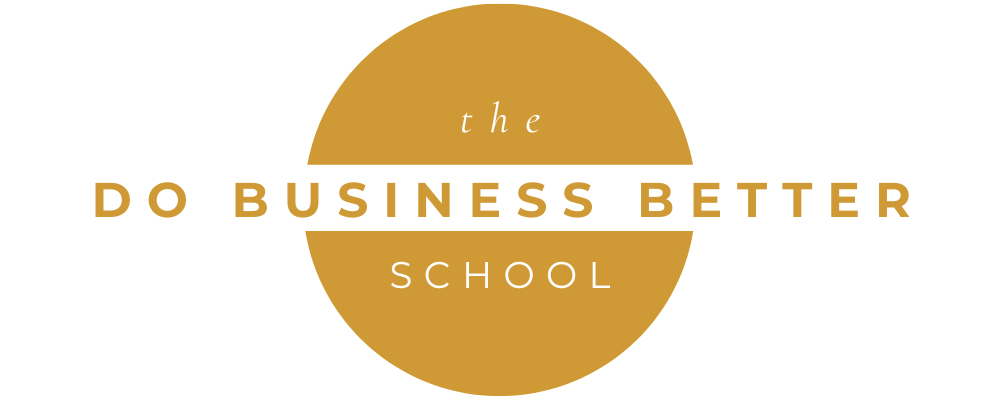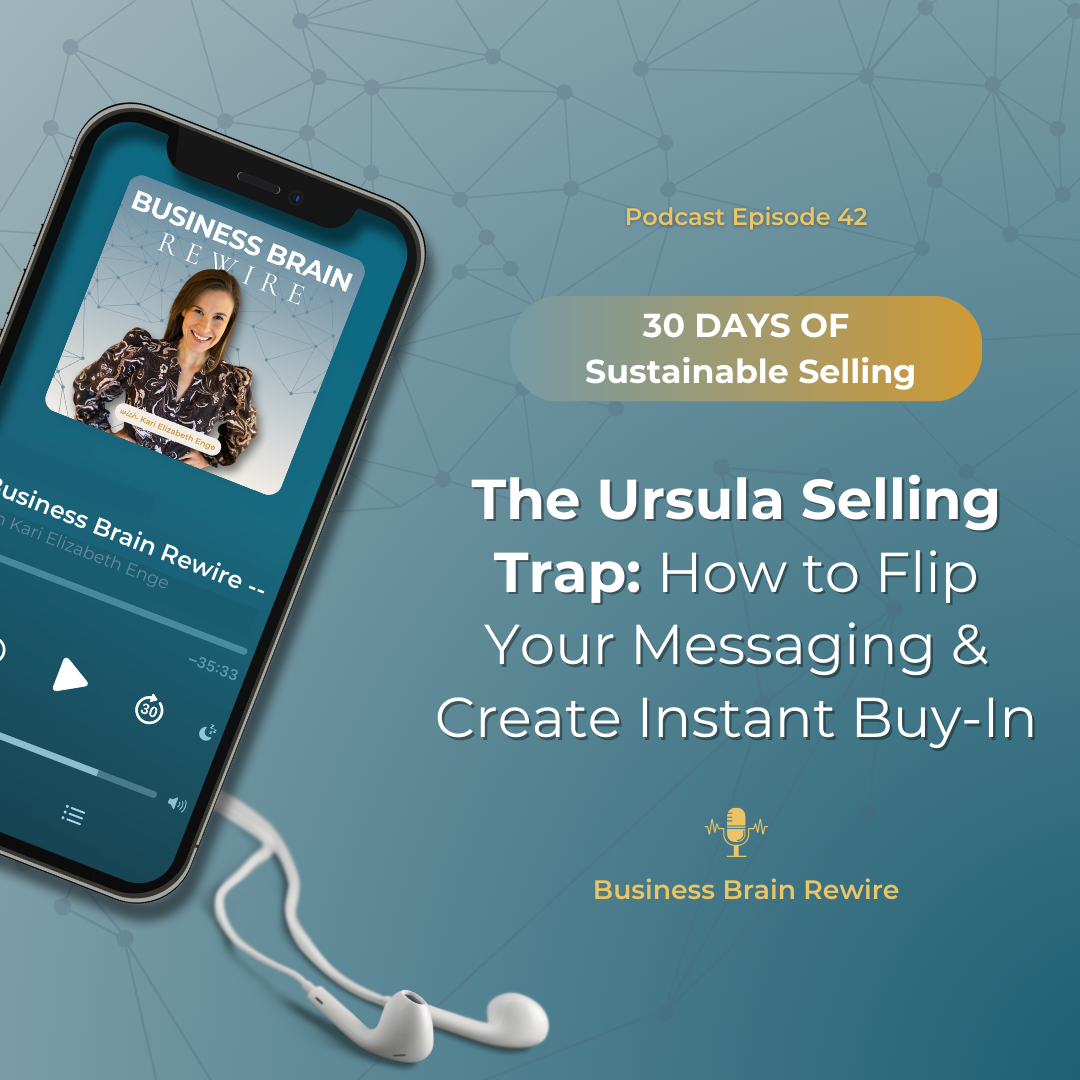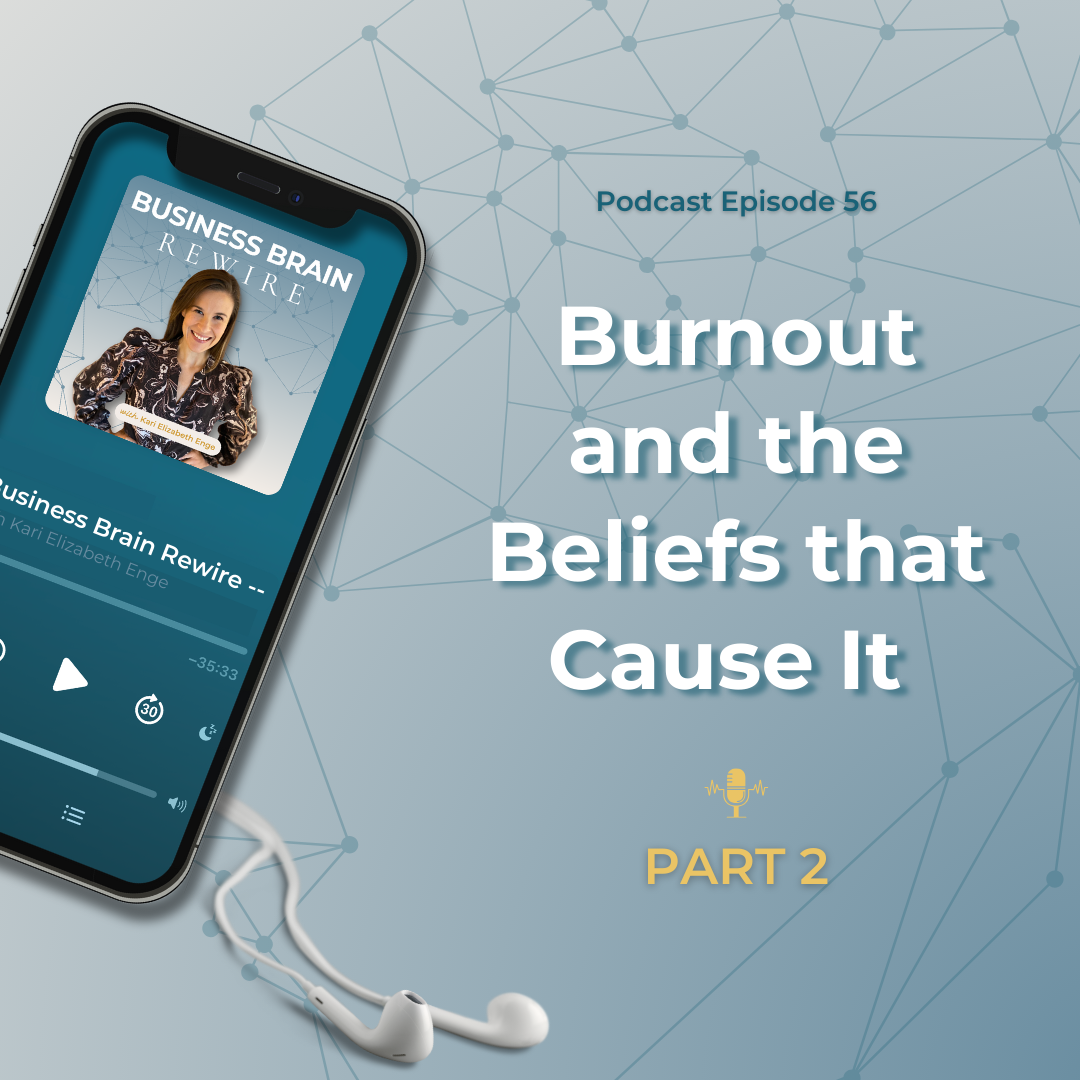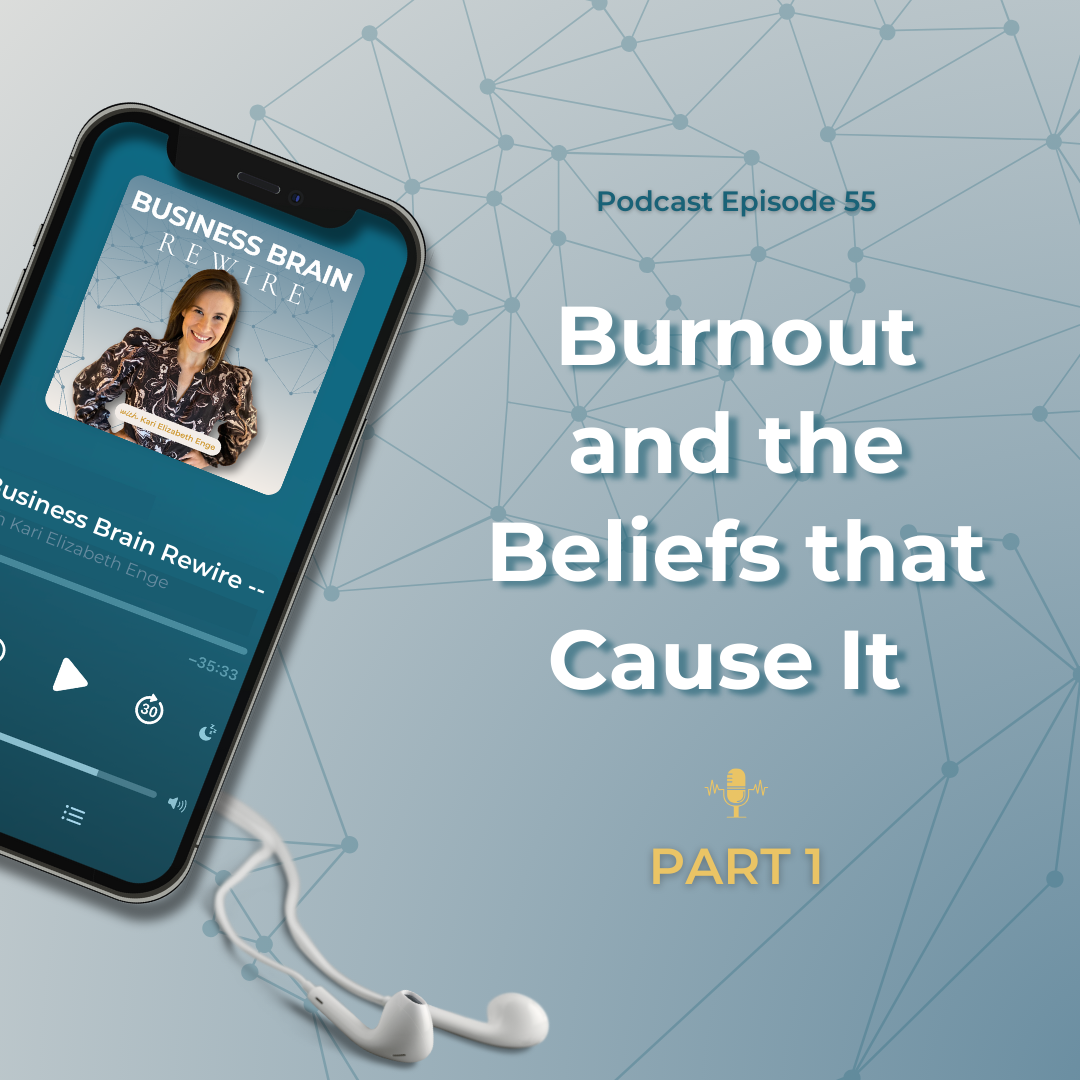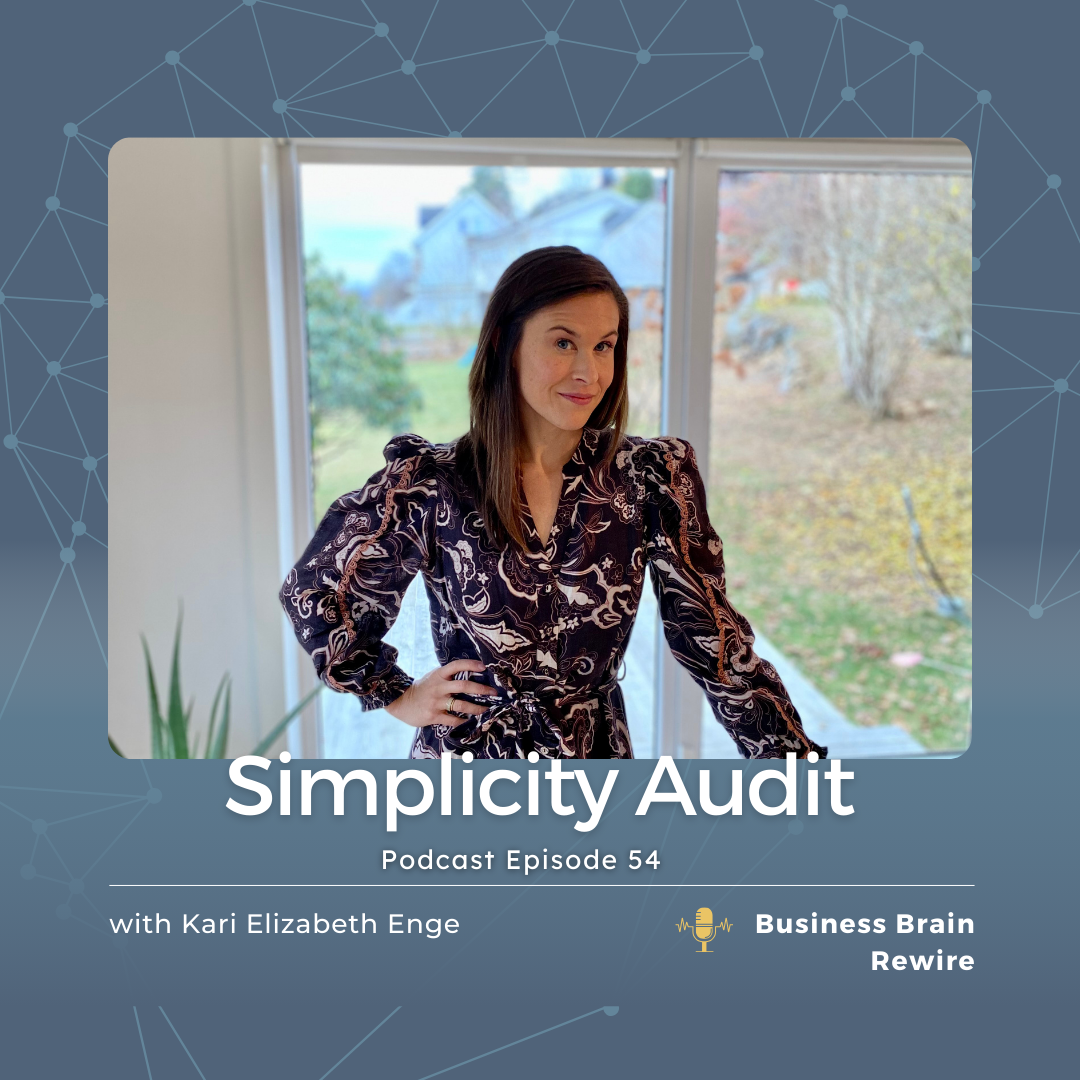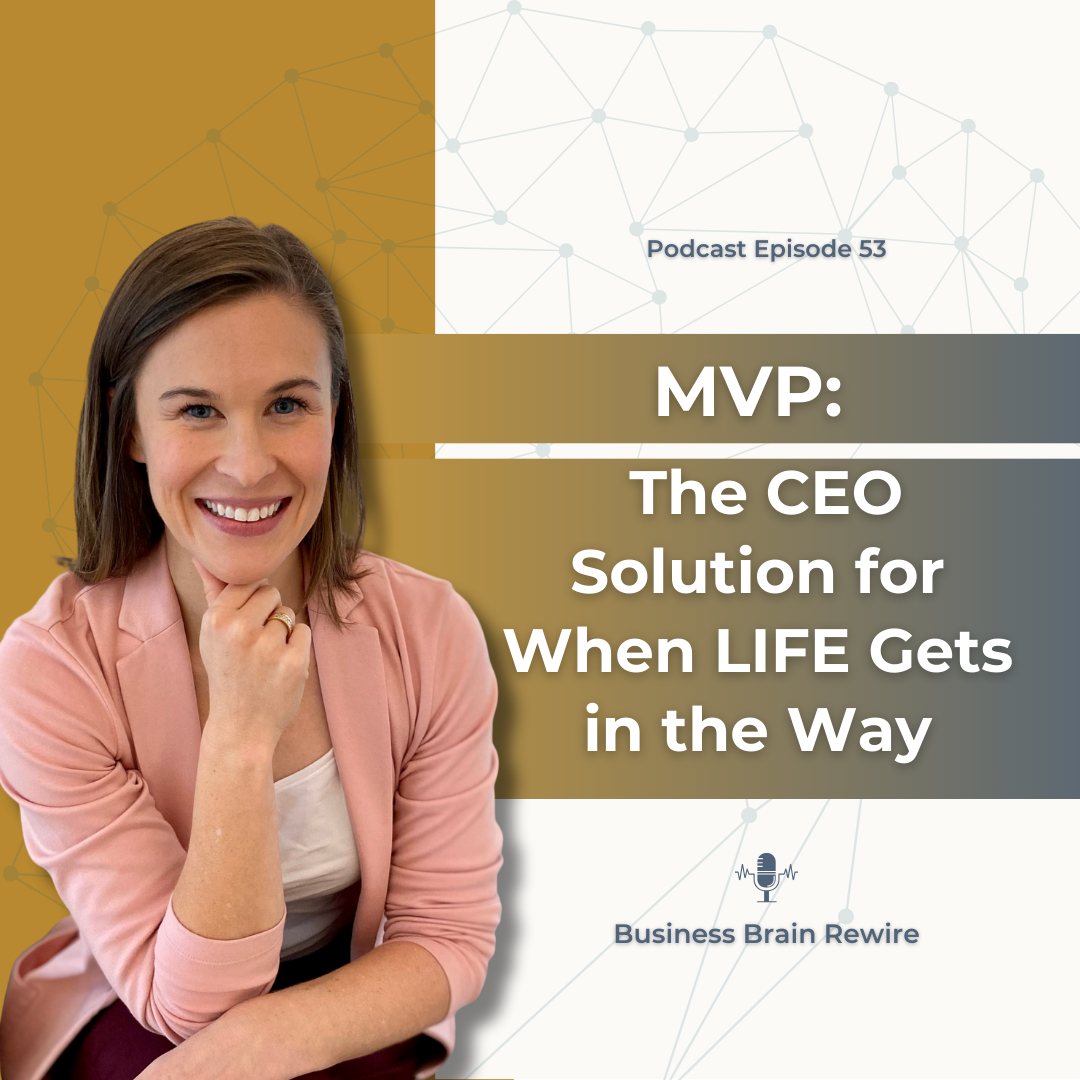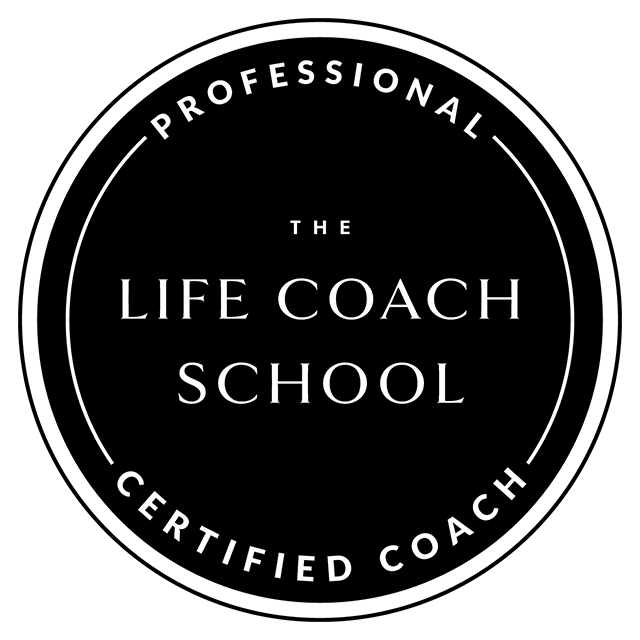Founders, let’s talk about something that could be quietly sabotaging your sales—and you may not even realize it.
It’s a messaging mistake so common that even well-meaning business coaches and marketing books recommend it. But here’s the problem: it attracts the wrong people. The ones who stay stuck. The ones who aren’t ready to buy.
You’re told to hammer in your audience’s pain points—to remind them, over and over, how much they’re struggling. The idea is that if you highlight the problem enough, they’ll finally take action.
But in reality?
This approach keeps you stuck in what I call The Ursula Selling Trap (yes, like the villain from The Little Mermaid). It attracts people who just want to vent about their struggles—not those ready to take action and invest in a solution.
So, how do we flip this? How do we create messaging that not only feels better to share but also leads to faster, easier sales? In this episode, I’ll walk you through exactly how to shift your sales messaging from problem-focused to vision-focused, so you start attracting buyers who are already searching for the transformation you offer.
If selling has felt frustrating, if you’re tired of getting ‘I need to think about it’ responses, or if you’re done with people loving your content but never actually buying—this episode is for you.
In this episode, you’ll learn:
- The sneaky mistake that attracts people who never actually buy (and how to fix it).
- Why focusing too much on pain points keeps your audience in ‘victim mode’—and repels action-takers.
- How to flip your messaging to create instant buy-in from people ready to invest.
- The surprising messaging tweak that makes selling feel exciting instead of exhausting.
Listen now to stop selling like Ursula—and start talking to YOUR people.
Mentioned in Today’s Episode:
Episode 19 – Crafting a Compelling Brand Story
If this episode had you nodding along, thinking yes, this is exactly what I need—then don’t stop here. Let’s take these strategies and turn them into action with a step-by-step framework where you’ll get proven founder nervous system tools and a clear path to selling with more ease and impact.
Go to dobusinessbetterschool.com/class and I’ll see you at my next LIVE training.
Transcript:
Today we’re gonna talk about messaging. Marketing [00:01:00] is just testing different messages on your audience. I love to think of it that way. You’re always just putting a message out there and then looking at what it does, and then tweaking the message just a little bit, and then doing it again and again and again and again. It’s just messaging in the form of a test every single time with the right mindset plugged into it. I’ve already talked quite a bit about messaging in episode number 19, so I’m going to link to that in the show notes. I invite you to really listen to that after the fact or after you listen to this, if messaging is something you know you need help with, then I want you to write after you listen to this episode, scroll back to episode 19 and listen to that too. Today is going to kind of piggyback off of that and to take it one step further. Now you don’t need to listen to that one before you listen today. So just stay on with me and listen to this one. But I think these two episodes really compliment each other well.
[00:02:00] Today I wanna talk about a sales and marketing messaging trap that a lot of founders get stuck in without realizing it. I wanna talk about what that sales strategy is and why it doesn’t work effectively. Give you another way of thinking about your messaging in your company that’s going to work a lot better to create buy-in from your customers in a more authentic and aligned way. I want you to think about the value proposition of your company, what you help your clients and customers to achieve. You help them to solve a problem, right? What is being taught in a lot of business coaching and strategy containers and in a lot of books, one in particular that I’m thinking about, which I am trained in called the Brand Story Method, I think by Dan Miller. I can’t remember the exact name. But, a lot of people are teaching with good [00:03:00] intentions and with good brain science actually, that the human brain is always just scanning the horizon for potential threats. Trying to solve problems in order to reach success using the least amount of calories. This is true, right? Our nervous systems are wired to keep us alive and safe. The way we do that is it just is constantly scanning around and so if a problem that we’re struggling with is being talked about our attention will go there. Then if that person can help us, or that company can help us to solve our problem in a really calorie efficient time, efficient money, efficient way, boom, you’ve got our attention and we’re more likely to make the sale. So on the surface, this neuroscience lines up and I can get on board with it. But there’s something that happens along the way that creates a little bit of a disconnect. Let’s [00:04:00] say that you follow this advice, which is to talk about the problem of your customer a lot so that you get their attention. You just keep on posting on social media and on your advertising. You just keep on talking about their struggle and how awful it is and how problematic it is and how frustrating it is. Just really painting the picture of all the different nuanced ways that they’re experiencing the struggle.
What it does, it actually attracts people who are swimming in the struggle, right? Their brain is in that place. They want to stay thinking about the struggle, talking about the struggle, complaining about the struggle. They are in the victim stage. They are not ready to overcome. They are not ready to figure out the best way to reach a solution. They [00:05:00] actually just want to vent and struggle, right? So when we just take this piece of information or this strategy at surface level, and we don’t actually dive into it and understand the nuanced way to apply it, what we can do is we can attract a lot of people who are not ready and willing to solve it and pay money to solve it. So we’ll get a lot of objections or we’ll get a lot of people just, you know, signing up for the newsletter and consuming the content. Then we have to do a lot of work to build them up over time and to boost them up over time to be like, yeah, you’re ready to solve it and here’s how we can help you, we’re gonna make it simple, and it’s okay if you’re scared and we have to do a lot more nurturing to get someone out of victimhood and into problem solving mode.
I forget who said this, they named this strategy something that I think was just brilliant. So [00:06:00] I’m not gonna give proper credit today, but someone once called this Ursula selling and I think that that’s just the perfect way to describe it. You know, Ursula from The Little Mermaid. It’s this type of selling, it’s using Ursula language about the struggle and about the pain and about how awful it is and it just attracts people who want to hang around and talk like Ursula. That’s not what we want. It doesn’t mean that the person who’s in that stage is wrong or bad or not valuable as a human, and that they don’t need to be in that stage. It’s just that we don’t. We can’t help them yet because they need to move themself through to wanting to problem solve it. So while we might use some problem language in our copy, what we want to do is to attract the people who are ready to make the vision happen, who are ready to create specific [00:07:00] results.
We wanna do a messaging flip. We wanna flip it and we wanna spend just a little bit of problem based storytelling in the right places, but spend the majority of the time painting the vision. Talking about the results that they will get at the other end because the people who are ready to solve the problem are now thinking about that, and that’s what their brain is scanning the horizon for. How do I create that result?
I will give you a recent example. I was recently banned from Facebook. I know a lot of you are like shaking your head because you’ve also been kicked off Facebook for something that wasn’t even spammy and wasn’t even wrong. I changed my credit card from a American address to a Norwegian address because I changed the place that my business is incorporated in. I now live in Norway and that triggered [00:08:00] their, I don’t know, spam thing or whatever. So they kicked me out and you know how bad their customer service is. So I’ve been fighting with Facebook for a month, being like, it’s me. I still have this company. This is still my account. Anyways, you know how painful and annoying that struggle can be. Now, if someone was selling to me in the Ursula way. They might say all of this negative information about how Facebook sucks, right? I might have been attracted to that last month when I was still in the struggle trying to get back on Facebook’s paid advertising platform. But, I’ve now moved myself through struggling with Facebook customer service to the point where I’m now like, okay, you know what? Screw Facebook, I don’t wanna give any of my money to them for the time being, because they can just kick you off when you change your credit card because that’s not sustainable. That’s not safe. You know? I’m going to go over to LinkedIn. I’ve heard it’s a much better [00:09:00] platform, more stable, better customer service, yada, yada, yada. I’m now searching for LinkedIn ads, not searching for why Facebook sucks online. Okay, that’s just a small example, but you get the gist.
Your customer is the same way. When they’re ready to solve the problem, they have an idea about how they wanna solve it, and they’re gonna be searching for that and their brain is gonna be attracted to that. We don’t necessarily need to go so hot and heavy on the Ursula victim pain story. That feels really good for us as well, because we can start to get people excited about the results that we create. Now that doesn’t mean you don’t do it at all.
So inside my program simply sustainable, I give examples of when and how to use problem language and how to do this because this is a bit nuanced, and today we’re just talking high level. If you want more detailed information about how to actually do this in your copy, definitely check out the Simply Sustainable Program. But I think today what I want you to have an aha moment about, [00:10:00] is that we don’t wanna get caught in this Ursula selling, victim selling and problem heavy selling because it will attract people who are just not ready to solve the problem to you. You’ll receive a lot more victimy complaining, woe is me, in the struggle, I don’t have the money to move forward. I need to talk to so-and-so. That kind of objection.
Remember: messaging is marketing. If our marketing is bringing us the wrong person, it’s just because of what we’re saying and we need to shift what we’re saying until the right person is attracted to what we’re saying. That brings a lot of certainty and confidence to your sales and marketing as you’re testing and tweaking Now, one of the things we can also do once we flip this from problem focused to solution focused copy is to spend less time actually like teaching specifics and offering a bunch of [00:11:00] free content, cause again, that will attract the people who are just like freeloaders, who are not really ready to invest anything. What we wanna do is we want to do more of what I call a thought reversal.
I love this strategy because it feels so good. It is so in alignment. It is so impactful because it helps a lot of people, even if they never buy from you. You can feel really good showing up to your selling like this. What you do is you focus on creating mindset shifts, aha moments. You focus on showing them this is how you’re thinking now. It’s keeping you stuck and instead, if you think about it and you approach it differently, this is how you’ll be able to move the needle and get over this and be able to create the result you want. Right? So we reverse their thought. We say you’re thinking about it like this, but actually you should be thinking about it like this. That creates a light bulb moment that your customer, your prospect client, will [00:12:00] have forever. It is a free gift to them when they create that aha moment for themselves their brain will never be the same and it will help them to get so unstuck. It just so happens that it also creates a lot of trust, so they’re more likely to be bought in to what you are providing.
Like I said, it feels so aligned. So this is not a sleazy tactic, although when you say thought reversal and it seems like a really interesting tactic, it can sound sleazy. What I want you to understand is that this is the most impactful thing you can give people for free, because the only thing that is between them and the result they want, is the wrong approach. Is the wrong thought their thinking is the wrong mindset, right? Because if they had a different mindset, like we talked about last week, the ideas and the approach would change, and they would be more likely to reach the result in a more simplistic and empowered way. [00:13:00] So I always want you to put your coach hat on. I know you might not be a coach, right? You might not be trained in how to help people with your mindset, and you maybe just be dabbling in mindset and central nervous system stuff, you know, with me because you just started following this podcast. But even if you don’t have any coaching experience, I want you to put your coach hat on to show people. This is how you’re thinking that’s keeping you stuck and instead, I want you to think about it like this. I want you to approach it like this because when you do the results that you want become available. That is not what Ursula is thinking about. She’s just complaining, right? She’s just in the struggle. She’s just in the woe is me. This is so hard. I’m so stuck. I can’t do anything about it. Instead, we really wanna provide aha moments to this is how you get the result that you’re ready to get now. This is the funnest way to sell because you can feel good doing it and you don’t have to swim in the struggle story for yourself [00:14:00] either.
I hope that this 30 days of sustainable selling series has been impactful and eye-opening for you. I hope it’s helped you understand that there might just be a couple of mindset shifts, a couple of strategy shifts, a couple of tweaks that you can make to turn things around and to create a lot more ease for you in your selling. Because I know that you want your sales and marketing to feel good, and I know that you want your business to feel more simple and more enjoyable and more fulfilling. So that you don’t have to overwork. So you don’t have to burn out. So you don’t have to feel stress anymore. Your business can feel as good as the mission of it. It can feel as good to run as it does to help people solve their problems. This is possible when you just make a couple of shifts, and this is what we do inside Simply Sustainable every single week.
If you’ve enjoyed this series, I [00:15:00] want to invite you to check out Simply Sustainable. You can go to the website, do business better school.com/join, and you can get all the information there. I would love to help you to create a more sustainable business that feels so good to run. All right. Have a wonderful week, serving the world, making sales, and making time for self-care, and I will see you back next week. We’re gonna dive into more guest interviews in the next couple of weeks, and I’m really excited to introduce you to those really smart individuals. So I’ll see you back here soon. Take care.
Podcast: Play in new window | Download
